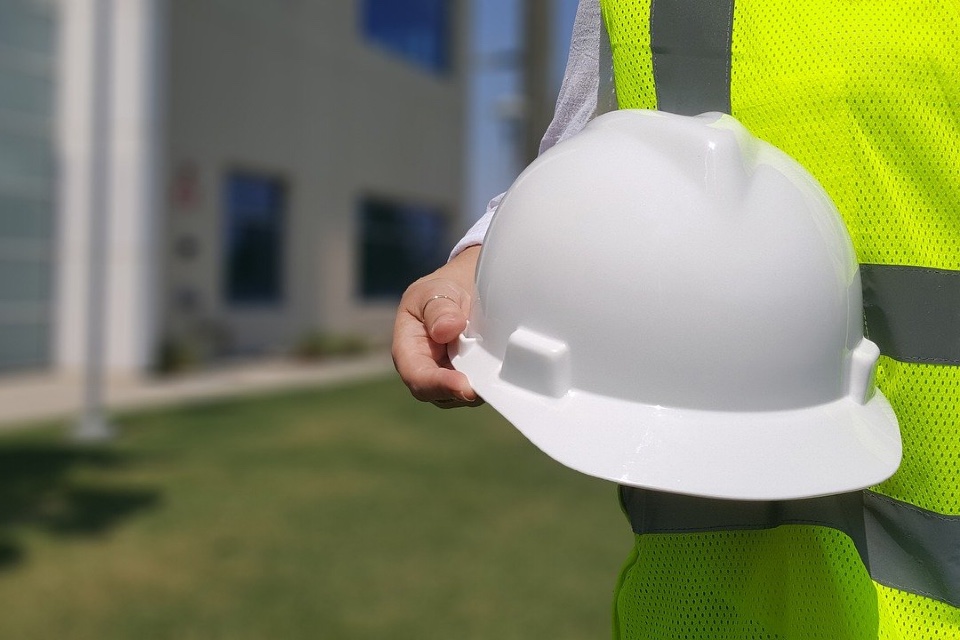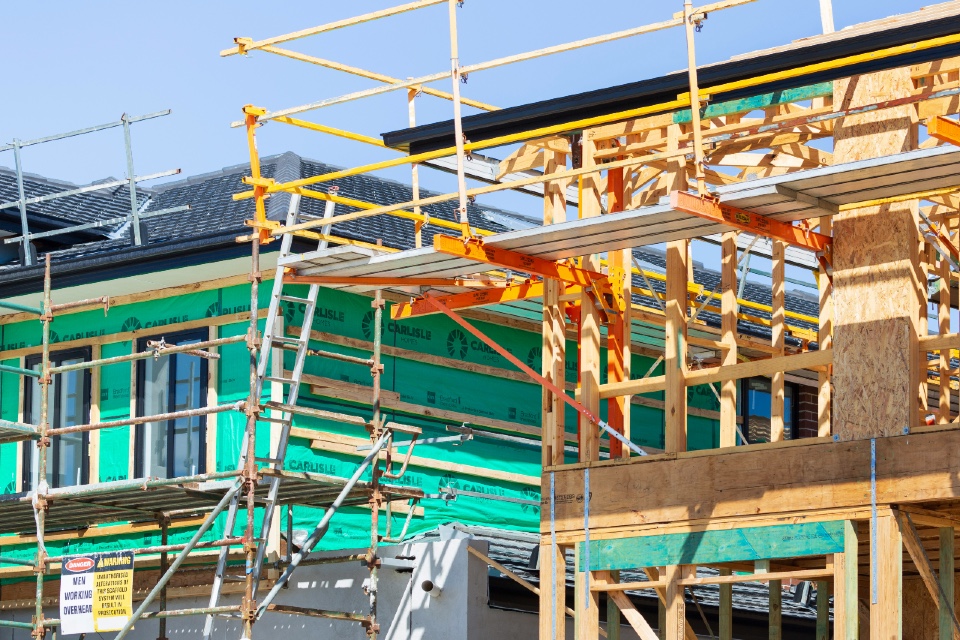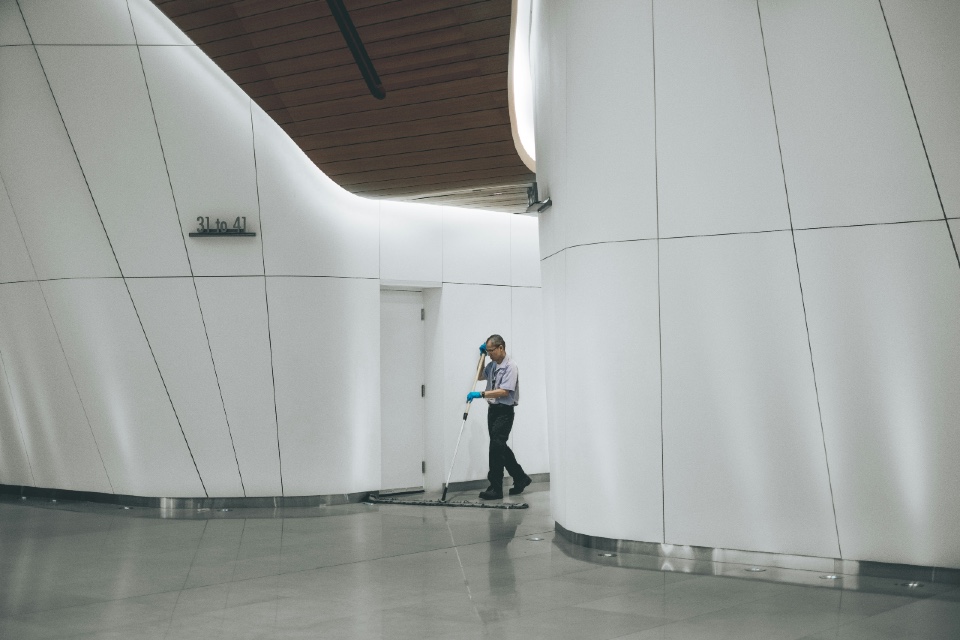New research has indicated a greater commitment to workplace health and safety as a result of lessons learned during the pandemic.
According to the Mind the Gap report by Health & Safety, Employment Law and HR specialist WorkNest, more than half of business decision makers (59%) say the pandemic has fundamentally changed how the organisation views workplace health and safety, and that it will continue to be a priority going forward.
Over half of employees (51%) agreed that health and safety standards will be maintained over the next 12 months. A further 37% of employees and 36% of employers are ‘somewhat confident’ that this will be the case, saying health and safety may not be the number one focus but that standards will continue to be better than pre-pandemic.
Nick Wilson, Director of Health & Safety Services at WorkNest, said: “The pandemic has shone a spotlight on the importance of workplace health and safety like never before; it forced employers to implement control measures in order to remain open and comply with government guidelines, and forced employees to adjust to new ways of working in order to mitigate the risk of infection. It’s encouraging to see that this health and safety consciousness is expected to continue, and that there’s a shared optimism and renewed interest from both employers and their workforce. After all, safety is a collective effort.”
The report’s finding that the pandemic may have improved health and safety standards is at odds with the HSE’s annual fatal injury statistics, which revealed that there were more work-related deaths in 2020/21 despite fewer people working. Nick Wilson speculates that this could be due to organisations and their employees becoming “hyper-focused” on COVID-19 at the expense of other “basic” workplace health and safety risks. “Given our findings, it’ll be interesting to see if people’s confidence that standards will improve will be reflected in the next round of statistics”, he says.
While employees and employers appear to be on similar pages, the research found that 12% of employees expect that health and safety will revert back to being a sideline activity, compared to just 5% of employers. This could suggest that employees are sceptical that the organisation will maintain its commitment to health and safety long term or, equally, that employees themselves may lose interest in following workplace health and safety measures as the immediate threat of COVID-19 subsides. Developing a strong health and safety culture, led from the top, will therefore be imperative.
On the topic of health and safety culture, the report also revealed that most employees and business decision makers (36% and 35% respectively) would describe their organisation’s health and safety culture as ‘reactive’. In other words, safety is seen as important, but action is normally taken in response to incidents. ‘Reactive’ is the descriptor used for the second lowest level on the five-level ‘safety maturity scale’ – a tool used by many health and safety practitioners to benchmark a company’s health and safety culture – suggesting that most organisations have a way to go when it comes to raising awareness, consistency, accountability and trust.
More worryingly, 12% of employees and 10% of employers described their health and safety culture as ‘pathological’ – the most primitive step on the scale – saying health and safety is seen as a waste of time.
Wilson added: “Every organisation should aim to develop a generative health and safety culture, whereby health and safety is second nature and embedded into how things are done. Unfortunately, our research revealed that just 15% of employees and 17% of employers felt their organisation had achieved this feat.
“Only taking action when an incident occurs means missing out on valuable opportunities to remedy workplace hazards or unsafe practices before they result in harm. Reactive organisations will also find it much harder to adapt to unforeseen hazards, such as COVID-19, should they be introduced in future.”







